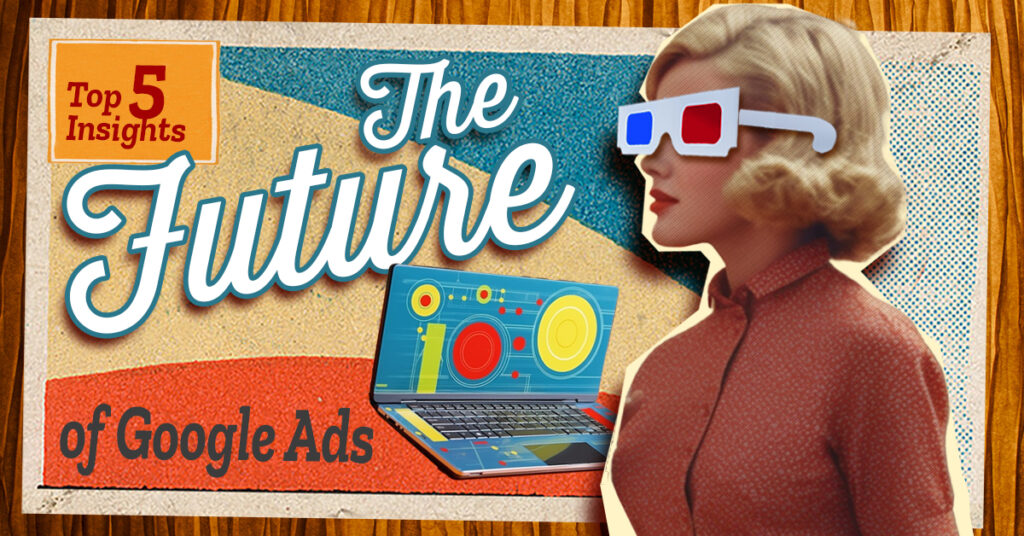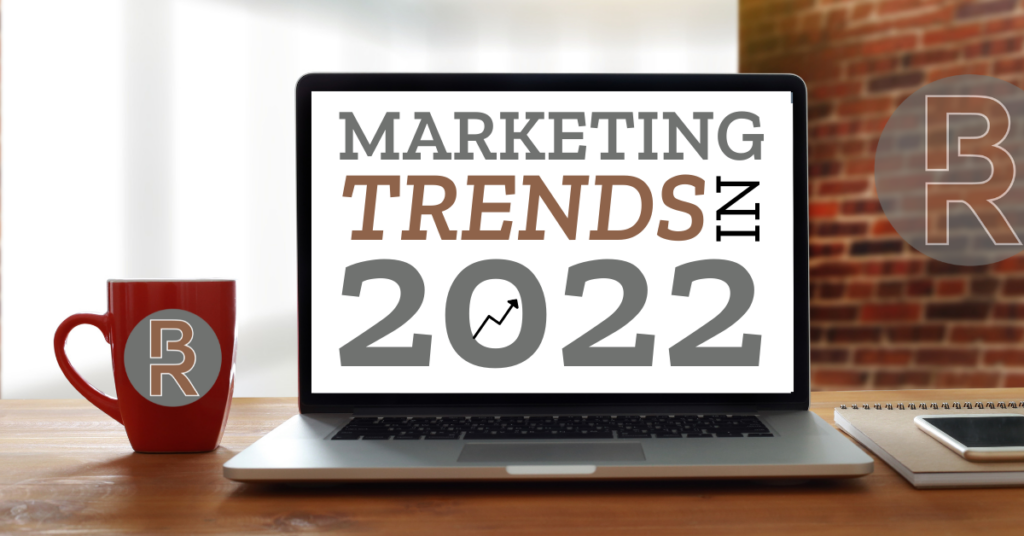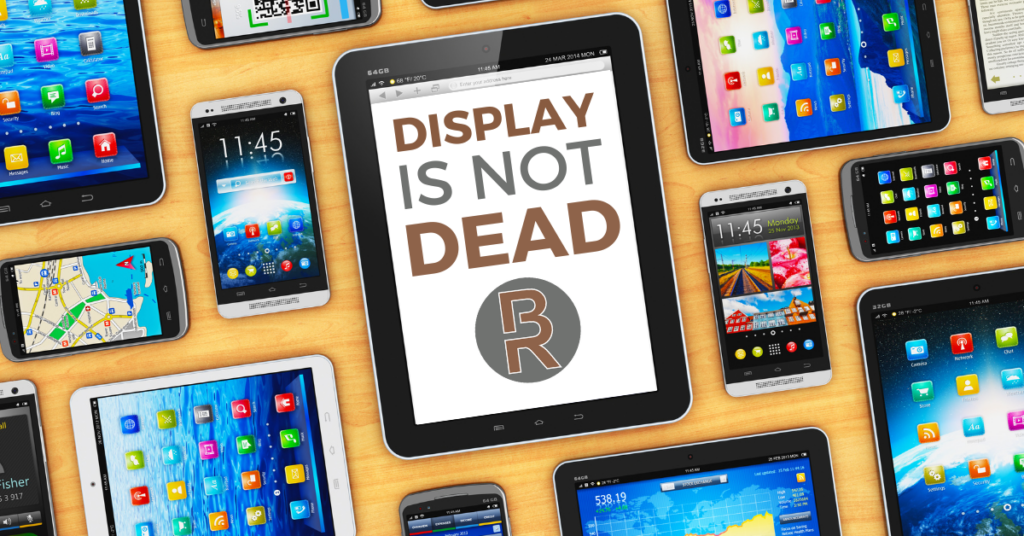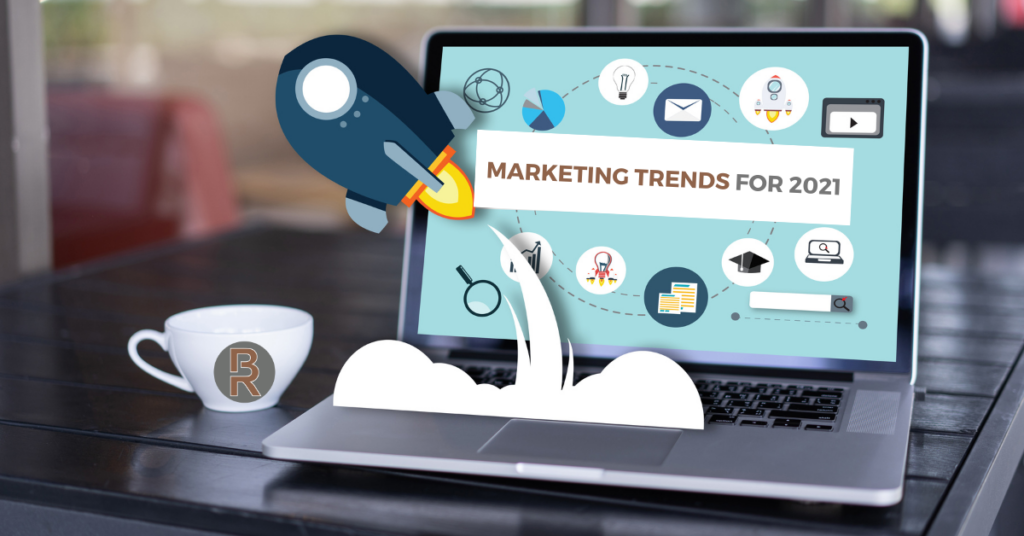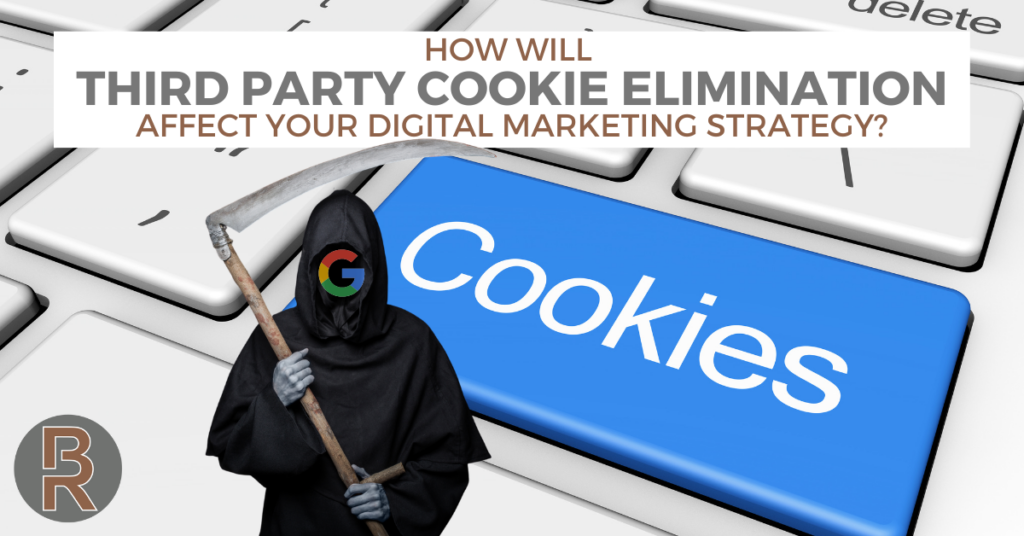Top 5 Insights on the Future of Google Ads
The advertising world has been buzzing ever since the Google Marketing Live event showcased how Google plans to use AI to improve its marketing platform for businesses of all sizes. The event is broadcast every year to a worldwide audience of marketing professionals who are eager to hear about the future of Google Ads […]
Top 5 Insights on the Future of Google Ads Read More »

